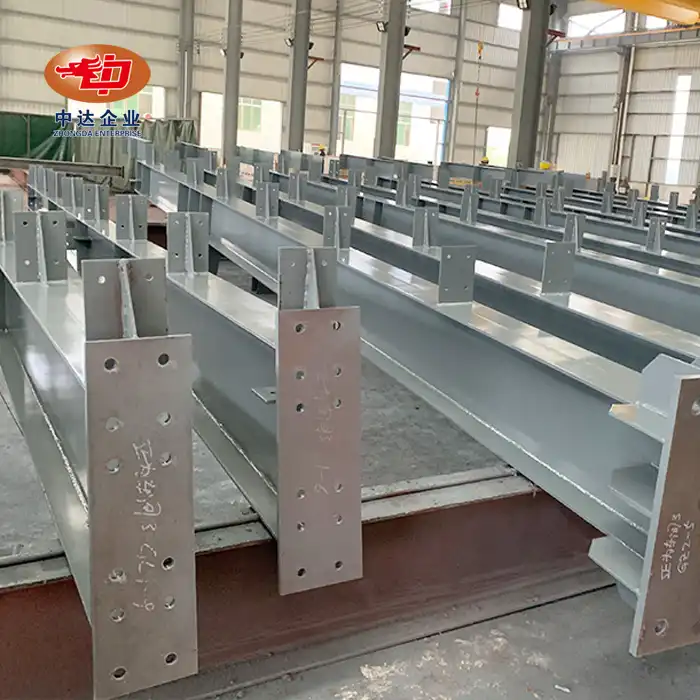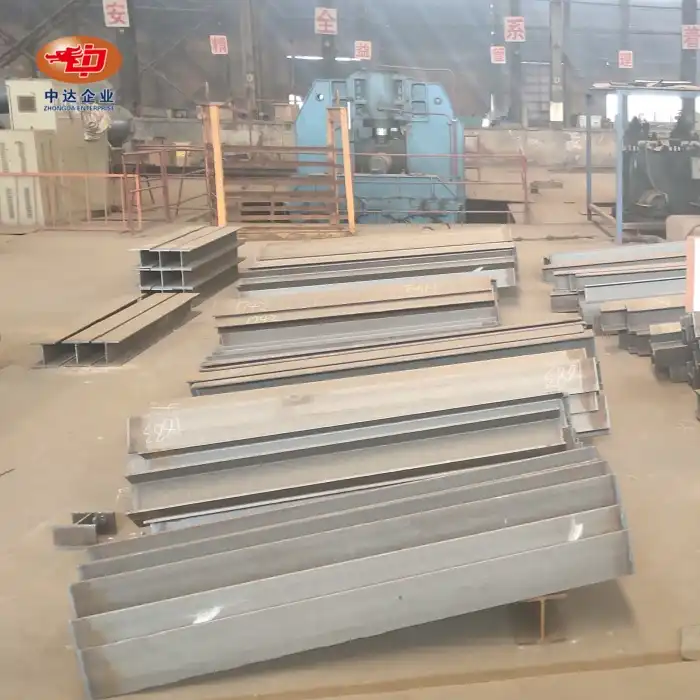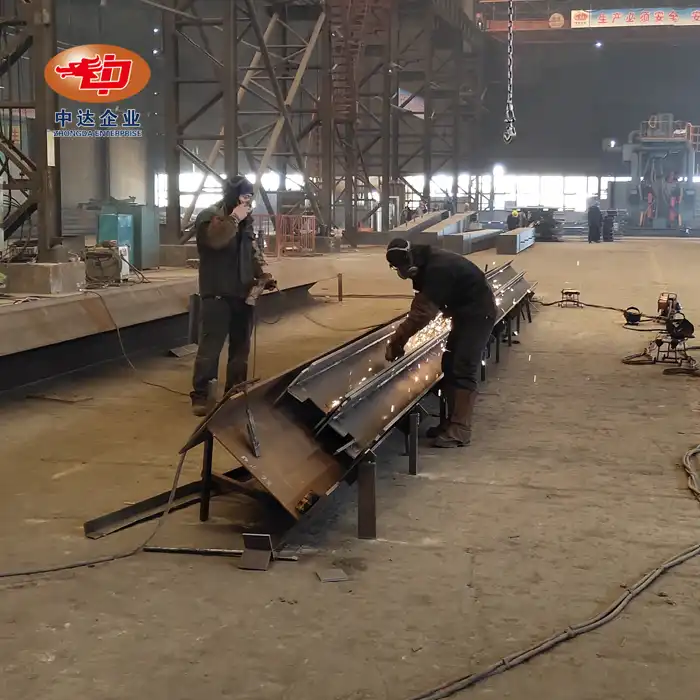Mobility and Site Flexibility
Advantages of Mobile Crushing Stations
Mobile crushing stations, especially crawler-type models, offer unparalleled flexibility in terms of site movement. These units can be easily relocated within a quarry or construction site, adapting to changing project requirements. The advanced tracked chassis allows for effortless navigation across challenging terrains, eliminating the need for complex transportation logistics. This mobility is particularly beneficial for projects with multiple crushing locations or those requiring frequent repositioning of equipment.
Limitations of Stationary Crushing Plants
In contrast, stationary crushing plants are designed for permanent installation at a fixed location. While they offer stability and consistent performance, they lack the ability to move like a mobile crushing station with changing project needs. This limitation can result in increased transportation costs for raw materials and finished products, especially in large-scale operations where the crushing site may be far from the extraction or utilization points.

Cost Implications of Mobility
The mobility of crawler-type mobile crushing stations can lead to significant cost savings in terms of reduced material handling and transportation expenses. By bringing the crushing operation directly to the source of raw materials or to the point of use, these mobile units minimize the need for additional equipment and personnel for material movement. This efficiency can translate into lower operational costs and improved project timelines.
Processing Capacity and Customization
Versatility of Mobile Crushing Stations
Modern mobile crushing stations, like those manufactured by Shenyang Zhongda Steel, offer impressive processing capacities ranging from 200 to 800 tons per hour. These units feature customizable feed opening sizes, typically ranging from 800×1200mm to 1500×2000mm, allowing for adaptation to various material types and sizes. The adjustable discharge system enables operators to control output granularity, making these stations suitable for a wide range of applications from primary crushing to fine grinding.
High-Volume Capabilities of Stationary Plants
Stationary crushing plants are often designed for high-volume, continuous operations. They can be engineered to handle massive throughputs, sometimes exceeding 1000 tons per hour, making them ideal for large-scale mining operations or permanent recycling facilities. The fixed nature of these plants allows for more complex crushing circuits, including multiple stages of crushing and screening, which can result in higher product quality and consistency.
Customization and Modularity
Both mobile and stationary crushing solutions offer customization options, but in different ways. Mobile stations, particularly those offered by Zhongda Steel, can be customized in terms of base design (track or wheel-based), crusher compatibility (jaw or cone crushers), and output specifications. Stationary plants, while less flexible in terms of relocation, can be extensively customized to create complex processing flows tailored to specific long-term production needs.
Operational Efficiency and Maintenance
Quick Setup and Operational Readiness
One of the key advantages of mobile crushing stations is their rapid deployment capability. Crawler-type units can be operational within hours of arriving on-site, thanks to their self-contained design and hydraulic systems. This quick setup time is particularly valuable for time-sensitive projects or in emergency response scenarios where immediate crushing capacity is required. Zhongda Steel's innovative hydraulic folding conveyor frame design further enhances this efficiency, reducing setup time by up to 61%.
Maintenance Considerations
Maintenance requirements differ significantly between mobile and stationary crushing stations. Mobile units are designed for ease of maintenance in field conditions, with accessible components and modular designs that facilitate quick repairs or replacements. However, they may require more frequent maintenance due to the stresses of mobility and varied operating environments. Stationary plants, while potentially requiring less frequent maintenance, may involve more complex and time-consuming procedures for major repairs or upgrades due to their fixed nature and integrated design.
Energy Efficiency and Environmental Impact
The choice between mobile and stationary crushing stations can have significant implications for energy efficiency and environmental impact. Mobile units, particularly those equipped with advanced engines and hydraulic systems, can offer superior fuel efficiency when properly sized for the application. Their ability to operate at the material source also reduces overall energy consumption related to material transportation. Stationary plants, while potentially less flexible, can be optimized for long-term energy efficiency through the use of electric motors and advanced control systems, potentially resulting in lower operational costs and reduced carbon footprint over time.

Conclusion
The decision between mobile and stationary crushing stations depends on various factors including project duration, site conditions, and production requirements. Mobile crushing stations, especially crawler-type models, offer unmatched flexibility and rapid deployment, making them ideal for dynamic projects and challenging environments. Stationary plants excel in high-volume, consistent production scenarios. By understanding these key differences, project managers can make informed decisions to optimize their crushing operations for efficiency and cost-effectiveness.
Contact Us
For cutting-edge mobile crushing solutions that combine power, mobility, and versatility, look no further than Shenyang Zhongda Steel Structure Engineering Co., Ltd. Our crawler-type mobile crushing stations are engineered to meet the most demanding project requirements while offering the flexibility and efficiency that modern operations demand. Experience the Zhongda difference – where innovation meets reliability. Contact us at Ava@zd-steels.com to learn how our mobile crushing stations can revolutionize your material processing capabilities.














